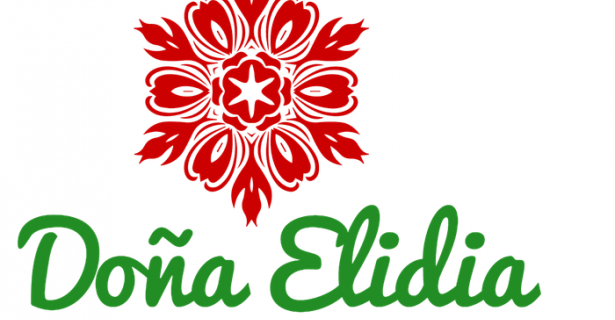Doña Elidia is a local micro-business owner who runs a small restaurant. Our team is helping her develop her business by defining a clear way of operating and providing her with marketing materials. So far, the work we have done feels like an entrepreneurial adventure. We came with little knowledge about the micro-business environment in Mexico, but we have tried to offer her all the resources we have available. As part of the marketing materials, we have designed visually appealing menus and signs. From the first time we visited her, she seemed eager to implement our ideas. She told us that she envisions her business having a growing clientele that feels welcomed and enjoys the food. For us, the challenge is to figure out the best way to attain this goal.
Last week, we had a discussion about our impact as foreigners in the community and about ways to strike the right balance between economic growth and cultural preservation. During the discussion, we talked about the idea that visual appeal could be a synonym of inaccessibility for people with low economic income. Previously, I had not thought about this possibility. I was working under the assumption that visual appeal was universal. I thought it would be beneficial for anyone to have a place that was aesthetically pleasing according to traditional rules of design. What I did not took into account was the different meanings that aesthetic beauty has on people from different cultural and economical backgrounds. Unfortunately, beauty is synonymous to wealth for most people. People with lower income are often used to go to places with no access to Professional Graphic or Interior Design. Hence, professional looking design could become a sign of unattainable status to them. They might avoid going into a place that looks “too nice.”
Traditionally, graphic design has been restricted to the wealthy part of society. Graphic design software is usually very expensive and requires a certain amount of technical knowledge. However, new graphic design tools such as Canva, give access to this resource to a wider part of the population. Also, high quality digital cameras become cheaper every day; enabling smaller businesses to use high quality images for their marketing materials. I think that education about these tools should be more widespread, so that graphic beauty becomes less of a sign of status.
With Doña Elidia, we have to strike the right balance. We want her place to look good and attract new people. However, we do not want it to look fancy so that her clients feel unwelcomed. So far, we have got an overall positive response. She seems very involved in the process and thinks that the changes we have made are very positive. We want her to be part of the change, but we are aware that this should not be sudden but rather gradual. In the future, her restaurant could be an example of a place that is beautiful and accessible at the same time.

